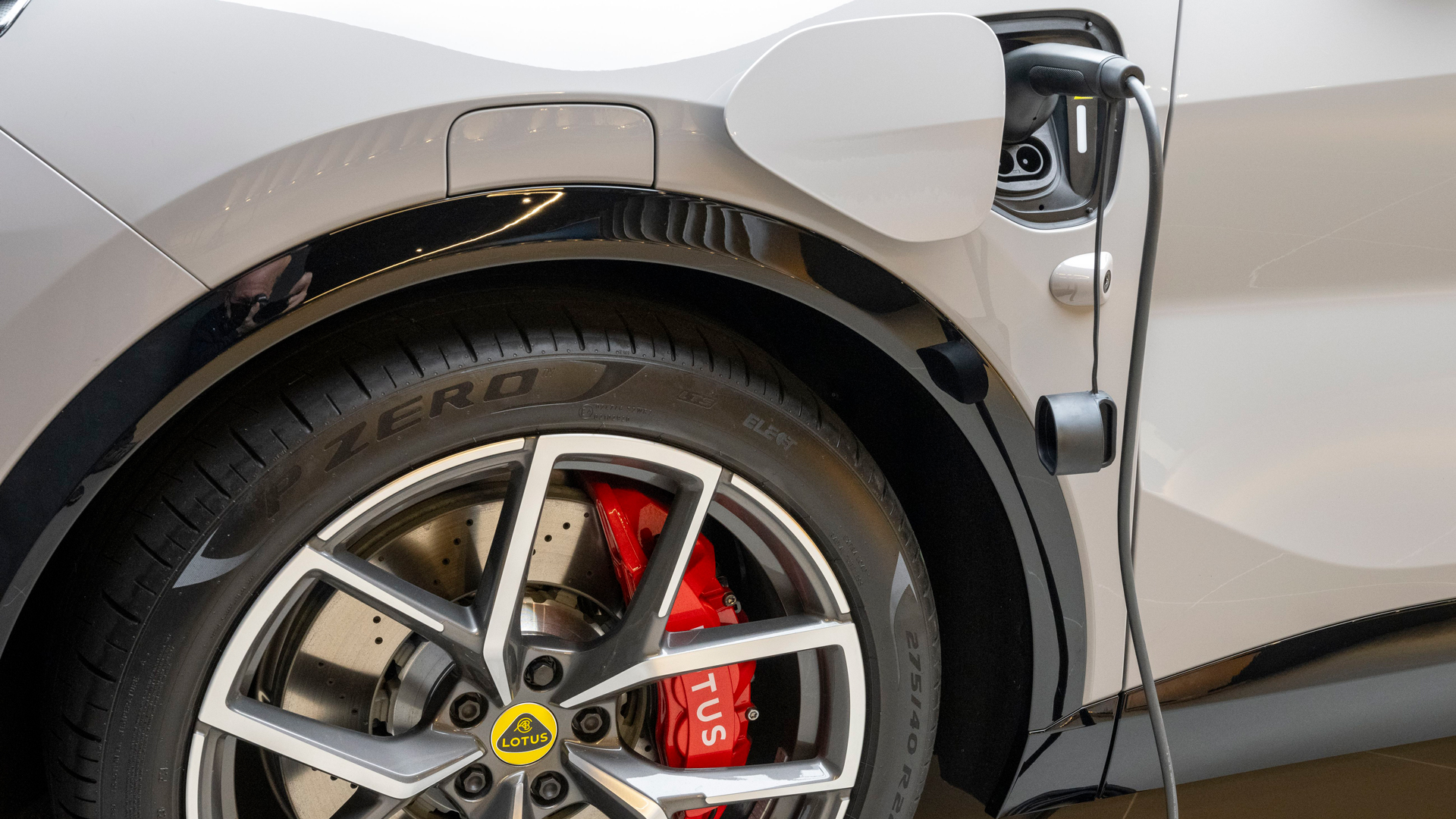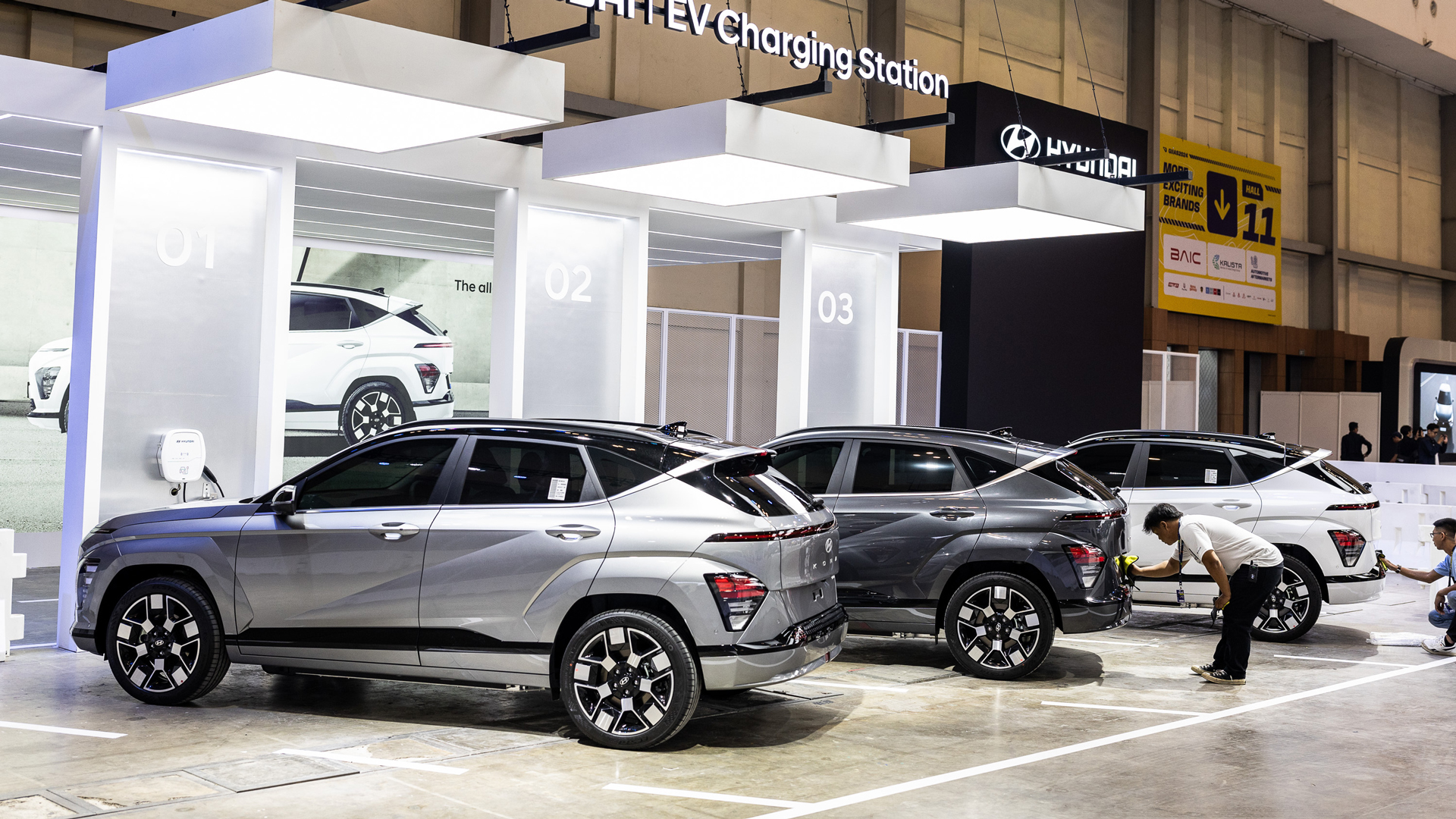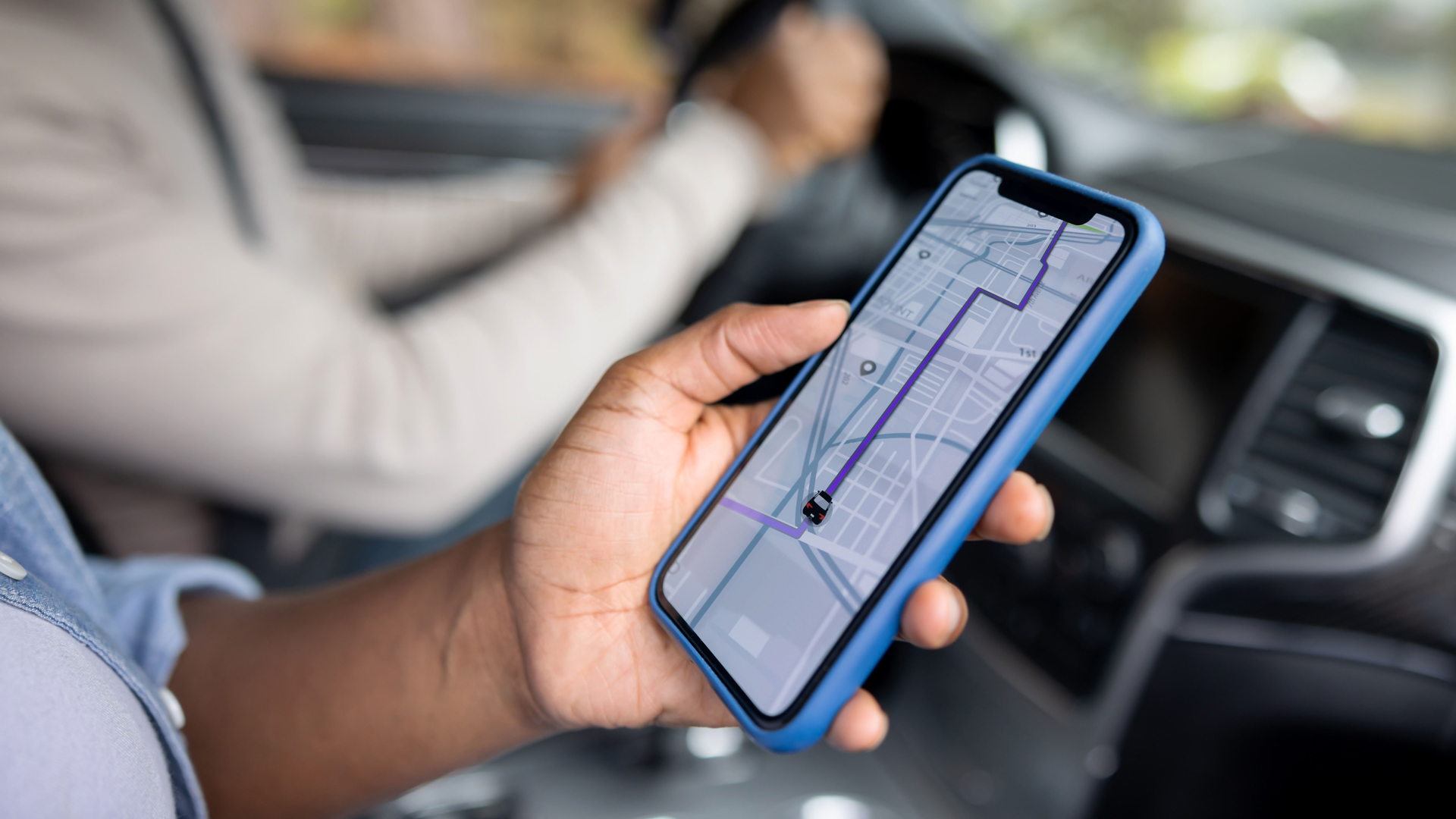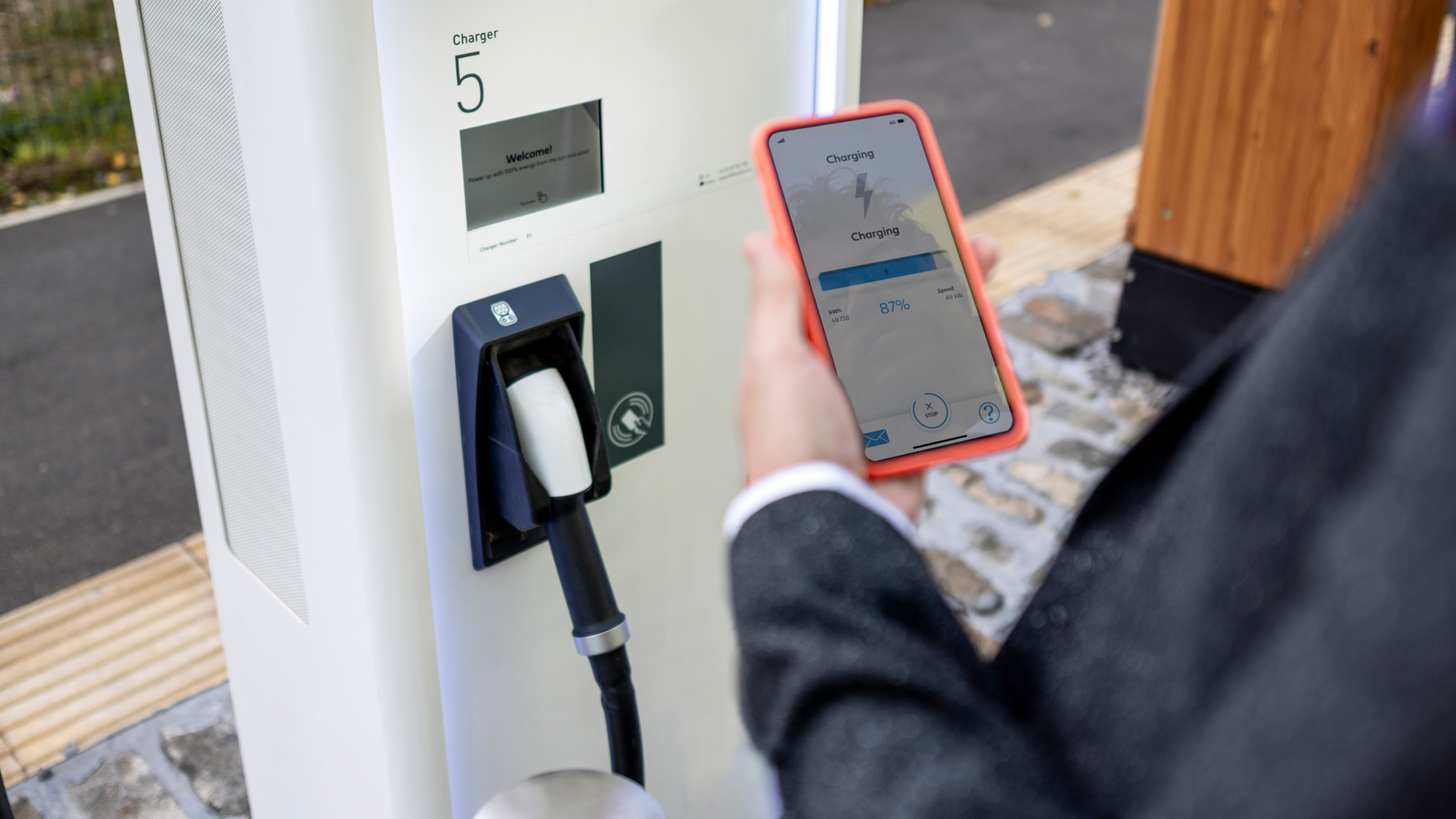So you just leased or purchased your first EV? Congratulations! Or maybe you’re borrowing or renting an EV for the first time? Fun! You already know the basics – like the difference between level 1, level 2, and DC fast charging – and you’ve downloaded all the charging apps, but now you’re looking for pro tips. Well, you’ve come to the right place. Let’s go over some best practices to charge your EV in the smartest way possible.
Charge at home or at work (if possible)
This one’s a no-brainer: if you drive an EV, charge at home or at work (or both) – if you can. It’s by far the cheapest and most convenient way to charge. Plus, there’s nothing better than waking up to a “full tank of electrons”. And if you charge at work, chances are it’s free or subsidized by your employer. You might not even need access to a dedicated level 2 charger – even a regular outlet (level 1) will give your EV 4-5 miles of extra range per hour.
Depending on how far you commute – or, if you work from home, how many errands you run every day – level 1 charging might just be enough. Also, contrary to popular belief, many people – myself included – can’t charge at home or at work, yet still drive an EV. This isn’t really a problem if you have access to DC fast charging within a 10-mile radius of where you live. It just requires a different mindset, and a willingness to change your habits.
The idea is to be opportunistic. Anytime your EV is parked somewhere is a good time to charge – especially if you can’t charge at home. So familiarize yourself with charger locations where you live, work, and run errands, and prioritize free charging. Embrace this approach, and charging will soon become second nature and won’t feel like a hassle.
Charge off peak or for free

Whether you charge at home or somewhere else, it’s always best to charge during off-peak hours. That usually means charging overnight, between midnight and 6AM. Check with your local utility, set your EV’s charging schedule accordingly, and you might see rates as low as $0.09/kWh when charging at home, depending on where you live. That means charging the 81kWh pack in a Model Y from 20 to 80% for less than $5.00.
Same thing with DC fast charging. Take the Tesla Supercharger in Federal Way, WA (near SeaTac airport), for example. It only costs $0.22/kWh to charge there between midnight and 6AM, but rises to $0.59/kWh from noon to 8PM. For night owls like me, who can’t charge at home, this is perfect. I just drive to the nearest DC fast charger after midnight, work on my laptop, or watch Netflix on my EV’s center screen for 20 minutes later, and I’m done.
Another thing to look out for is free level 2 charging like what Shell Recharge (formerly Volta Charging) offers. It’s often available at shopping malls, box stores, and other businesses. Some parking lots also provide free level 2 charging (or outlets for level 1 charging) – like at San Francisco International Airport (SFO). Use long-term parking for that 72-hour business trip, plug in, and come back to a fully-charged EV.
Check charger pricing, availability, and speed

You probably check the price of gas before filling up, and pick the most affordable option, right? The same thing applies when charging your EV. It’s always a good idea to look at charging prices – along with charging speed and availability – before heading to a station. Apps like PlugShare show you stations nearby, at your destination, and anywhere in between. You can then use the charging app for each network to confirm pricing, speed, and availability.
Charging speed matters because if you have a fast-charging EV like a Hyundai IONIQ 5 or Kia EV6, which can routinely charge at 230kW, you don’t want to be stuck charging at 150kW or less. Likewise, if you’re driving a Chevy Bolt, which maxes out at 55kW, you won’t be charging faster at 350kW than at 150kW, despite the larger number. Basically, you don’t want to hog a 350kW charger that would benefit someone with a faster-charging EV.
Also, be aware of the difference between per-kWh pricing and per-minute pricing. Per-minute pricing is problematic because it generally penalizes slower-charging EVs. In addition, avoid chargers with session fees (an additional flat fee for using the station). Some charging networks offer monthly subscriptions that lower the per kWh or per-minute price and are worth considering if you regularly charge on the same network.
Use route planning software for road trips

If you’re doing a road trip you’ll want to use route planning software, like the built-in navigation system in your EV, or – better yet – an app like A Better Route Planner. Most EVs have some kind of route planning built into the infotainment system, but in my experience only Tesla and Rivian do this well – at least for now. As I recently wrote, things are improving rapidly on this front as more EVs get access to Tesla’s Supercharger network.
What’s critical to understand is that proper route planning needs to take into account a broad range of parameters such as your battery’s state-of-charge and temperature, your EV’s range, your driving style, alongside the weather, topography, traffic, and availability of chargers along the route – some of which requires access to real-time data from the charging networks. Plus, ideally, you want routing to be updated in real-time.
Doing a road trip in an EV is not difficult, but does require route planning software – whether it’s bulletproof and seamless like what Tesla and Rivian deliver, or whether you’re using a third-party app. While it’s different from doing a road trip in a gas vehicle, and it’s unfamiliar at first, you’ll quickly get the hang of it, and it will become second nature.
Don’t charge beyond 80% (in general)

Your EV’s battery is a marvel of engineering and is designed to be reliable for up to 20 years and up to 400k miles without any maintenance. There are many older, high-mileage EVs on the roads today still using their original battery. But that doesn’t mean EV batteries don’t wear out. They lose capacity over time, typically at a rate of about 2% per year, and degrade faster when you charge them more often.
Fortunately, there are steps you can take to preserve the life and long-term performance of your EV battery. While the LFP (Lithium Iron Phosphate) batteries found in some EVs (short-range Tesla Model 3 and Model Y, for example) can be charged repeatedly to 100% capacity without any risk of wear, the majority NMC and NCA (nickel cobalt-based) should not be charged to 100% on a regular basis.
In addition, charging speeds aren’t linear but decrease rapidly as the state of charge increases. For example, while charging your EV from 10% to 30% might only take five minutes, charging from 80% to 100% will take 20 minutes on the same DC fast charger. Since charging beyond 80% is both slow and increases the risk of degradation for the majority of EV batteries, it’s generally not a good idea to charge your EV beyond 80%.
Use battery preconditioning
Like humans, lithium-ion batteries perform best at temperatures around 72F (22C) – especially while charging. As such, most modern EVs can heat and cool their batteries to keep them near those temperatures before charging. This is called battery preconditioning, and it helps achieve the fastest charging speeds. Some EVs do this automatically when you navigate to a charger, while some EVs have a button for it. So, if your EV includes this feature, use it.
Be smart about charging
So there you have it – a few pro tips to charge your EV in the smartest way possible. Charge at home or work if you can, charge off-peak or for free, check charger pricing, availability, and speed, use route planning software for road trips, don’t charge beyond 80%, and use battery preconditioning. Yes, EV charging requires changing your mindset, and a willingness to change your habits, but it’s not rocket science.
You might also like
Source link









